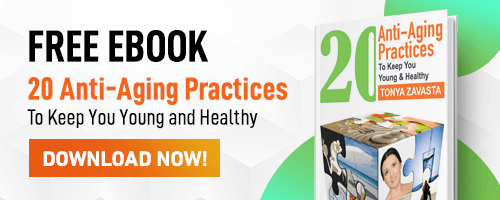Osteoporosis and Raw Foods...Are You Still at Risk?
Published: (March, 2025)
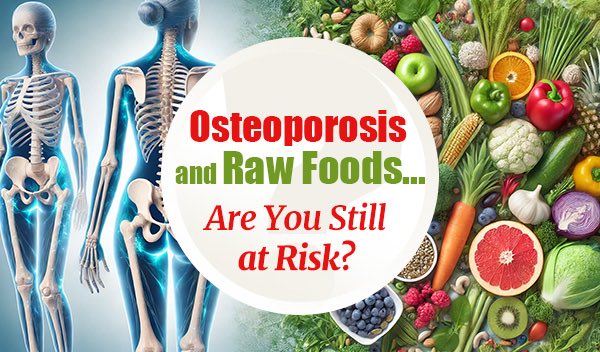
1. Not All Workouts Benefit Bone Health Equally
Those of you who have been reading my newsletter for years may remember that I was once part of a SilverFit group. We were doing HIT (High-Intensity Training). Some of the women regularly lifted quite heavy weights—heavier than I could. But in the aftermath of COVID, our teacher left, and the class disbanded. I recently met several of these women in another class, and each one told me she had been diagnosed with osteoporosis or osteopenia. How could that be? They did weight-bearing exercises—the very kind we’re told help prevent bone loss.
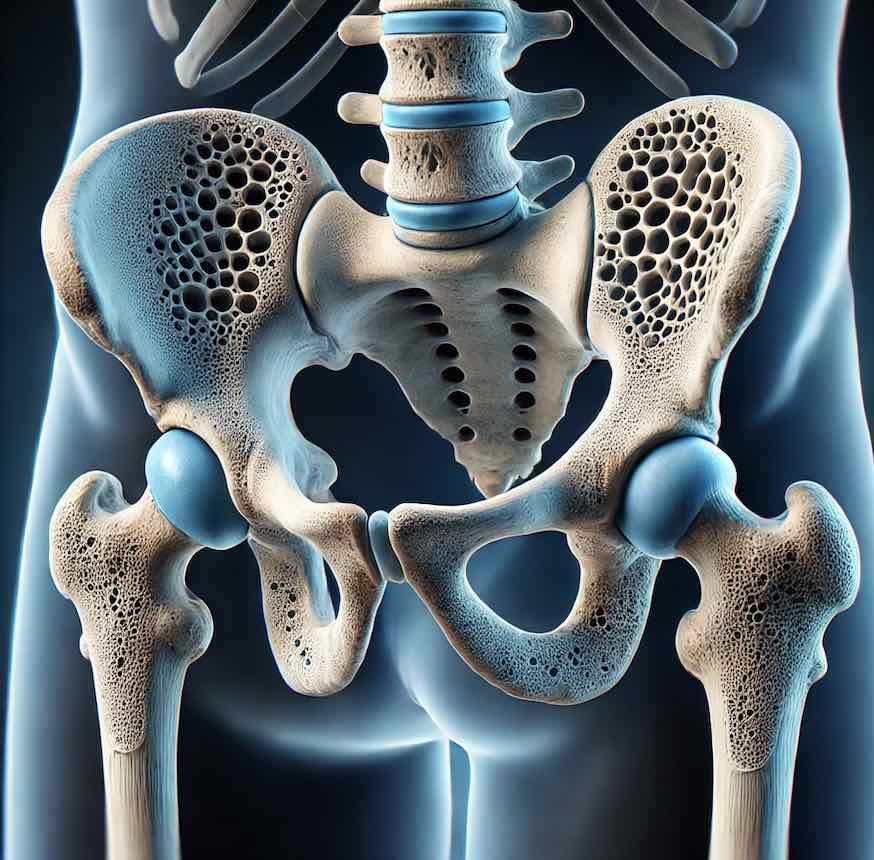
In short: Osteoporosis is a severe loss of bone density that makes bones weak and fragile. The internal structure becomes porous and brittle due to excessive mineral loss.
Osteopenia, on the other hand, is a condition where bone mineral density (BMD) is lower than normal but not yet low enough to be classified as osteoporosis.
Can we slow down these conditions with raw foods? Absolutely! Be sure to read these articles: Osteoporosis and Raw Foods and Your Bone Density and Raw Foods.
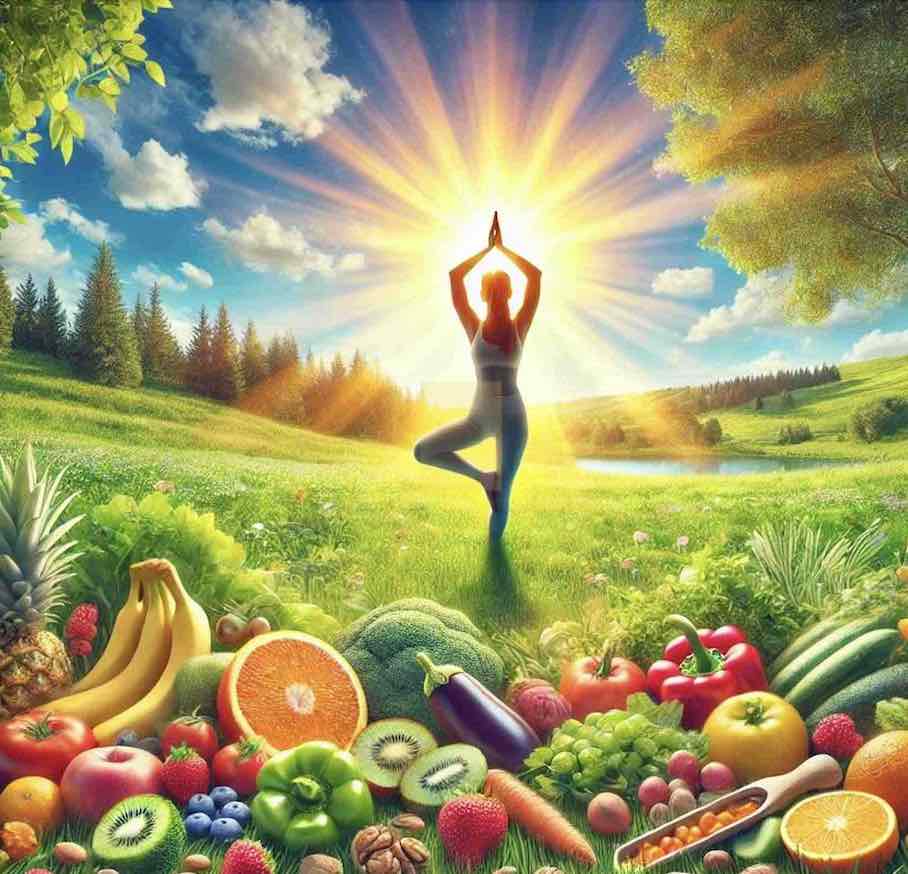
A high-raw diet with plenty of greens provides a significant advantage for bone health by keeping the body’s pH balanced. An improper diet, on the other hand, can lead to excess acidity, forcing the body to pull calcium and minerals from teeth and bones to restore equilibrium. We know that following a raw or high-raw lifestyle offers protection against numerous health issues while maintaining a lean physique.
However, conventional medicine claims that being slim is a risk factor for osteoporosis, as lower body weight means less mechanical load on bones.
In this context, the research conducted by Dr. Fontana is particularly intriguing, as it challenges the assumption that low body weight automatically equates to poor bone health. His work suggests that while the bones on raw foods are lighter, they may still be healthy—similar to a young tree that bends in the wind without breaking because it's flexible, even though it's not as thick as an older tree.
Luigi Fontana’s research on raw foodists’ bone density came out in 2005 in the Archives of Internal Medicine (now JAMA Internal Medicine). And since then? No one’s really picked up the torch. Not surprising—there’s no commercial interest in it.
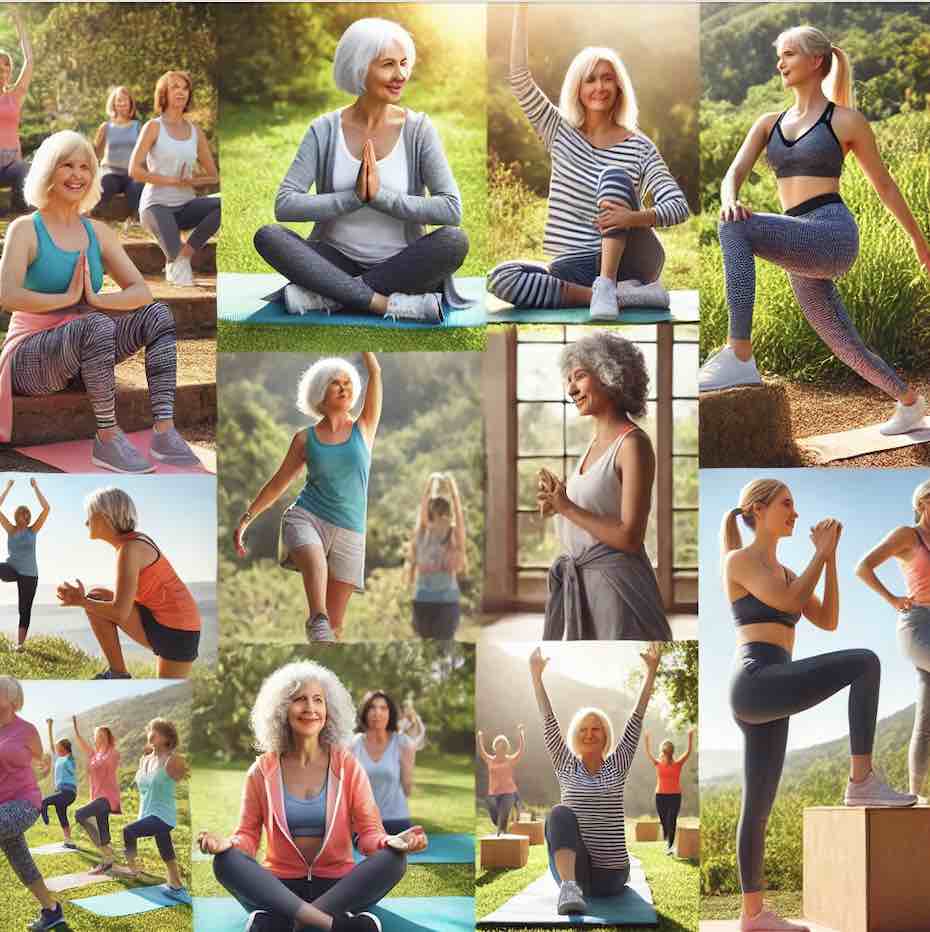
I had to do my own research. The question I needed an answer to was: Is there a way to avoid osteoporosis—even osteopenia—as we age? Are there specific exercises that can help keep this condition at bay, at least as long as we continue doing them?
Google search, powered by AI, didn’t offer any out-of-the-box solutions—no surprise there either. AI is built on accumulated human knowledge and data that has been fed into it—primarily the most widely accepted information. However, AI lacks true creativity, intuition, and lived experience the way humans do. So, I was looking for unique human experiences related to osteoporosis.
Below are the comments I gathered while visiting forums and reading comments on numorous videos dedicated to osteoporosis. I present them as they are, with only slight grammatical corrections for easier reading. Some of the comments might really surprise you.
- I’m a woman, a long-time vegetarian, AND have osteopenia. I’ve exercised my entire life and was quite disturbed to get the diagnosis. I began as a competitive swimmer, then rower. Unfortunately, both sports do not provide the type of exercise that helps build bone mass, as neither is weight-bearing...My vegetarian diet obviously did not work as a protective factor in my case. However, I still always advocate for a meatless or less-meat diet to whoever will listen—for reasons not pertaining to osteoporosis—so I won’t go into it here.
- I was diagnosed with osteoporosis in my left hip at 66. I work full-time and work out with weights or do Pilates for 30 minutes six days a week. I also walk and ride my bike.
- I used to hike a lot and backpack some. However, at 69, I am not as active. It seems yoga and walking the dog aren’t really helping my bone density.
- Hi, I'm 53 and have the beginnings of osteopenia. I'm on the thin side. I don't drink, smoke, or drink diet soda. I lift three days a week and have been doing this for four years. I'm not sure why my numbers keep increasing on the Dexa scan. I’ve also lost 3/4". I'm really upset—I do all the right things and still have this.
- My mom, who ate a phenomenally well-balanced and minimally processed diet, was healthy as a horse for most of her 83 years and was an avid swimmer for all but the very end of her life. She suffered a broken hip at age 65 and left this world many inches shorter (seven, I believe?) than she was at her tallest. Osteoporosis really did a number on her.
- I’ve been doing Pilates since ‘85, practicing yoga more recently, and power walking. I thought I was in excellent shape. Much to my surprise, I was recently diagnosed with severe osteoporosis. By the way, I’ve always been a runner, have a good diet, and haven’t neglected anything. My osteoporosis is advanced, and there is no family history.
- Hi, I am 43 and was recently diagnosed with osteoporosis. Does anyone have any experience with building bone mass?
- I'm 73, have osteoporosis, and exercise five times a week for an hour.
- I am 66 years old and was diagnosed with osteoporosis at age 50. I refused to take medication. Two years ago, at age 64, my scan revealed osteopenia, which I was thrilled about and knew was due to regular heavy dancing. Three years later, I became more sluggish and was sick a few times, so testing now shows osteoporosis again.
Well, these comments only confirmed what I already suspected—yoga, Pilates, walking, and even weight-bearing exercises might not be enough to prevent osteoporosis.
So, I started looking into what insights real people had to offer. In a sea of osteoporosis diagnoses and disappointment with osteoporosis medications, only a few comments hinted at a solution that really helped. And in every case, it involved an impact-based movement—hopping, stamping, or jumping.
2. The Ultimate Osteoporosis Prevention Combo
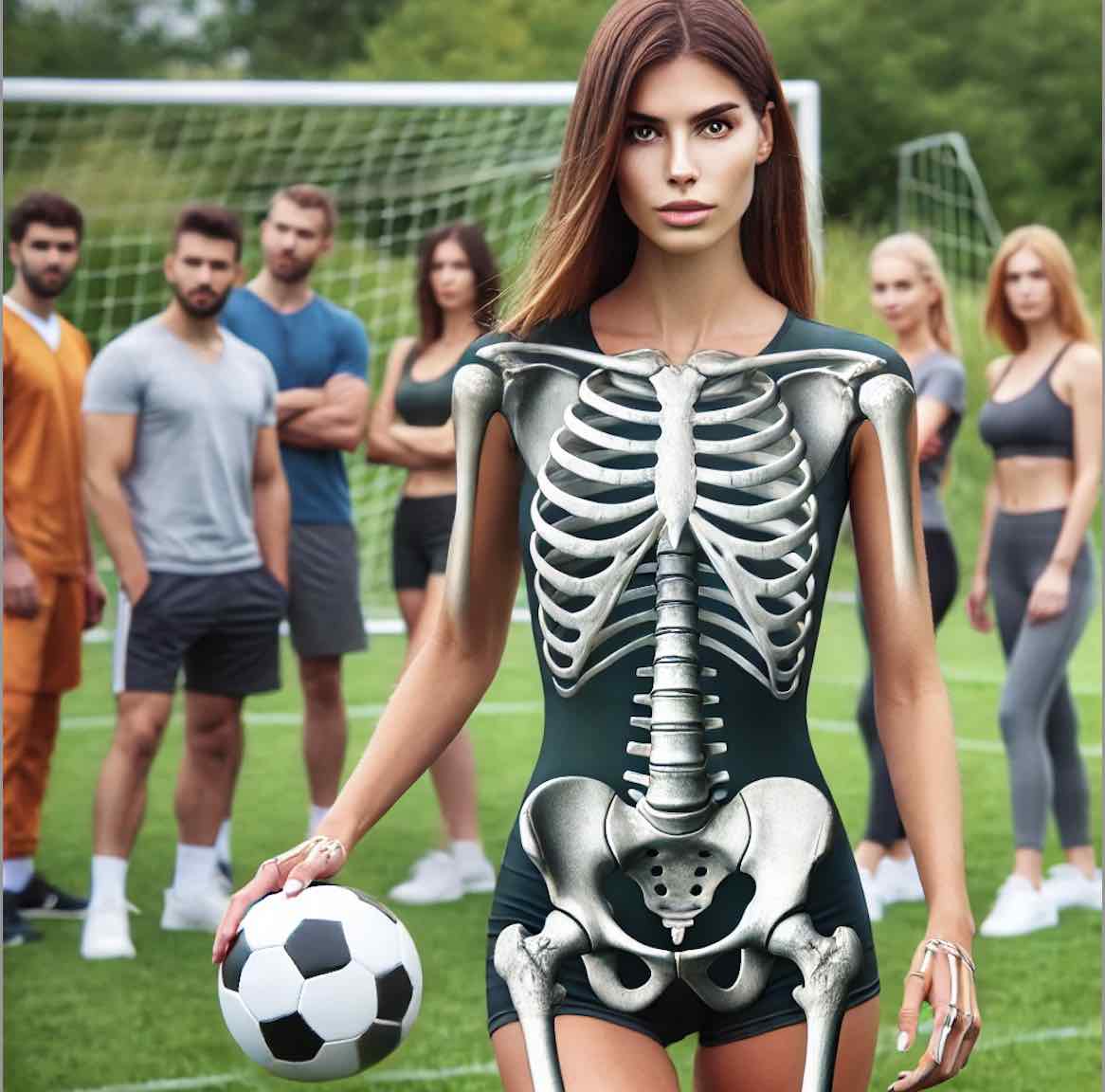
I received a very interesting comment that I feel compelled to share because it holds a key insight into osteoporosis prevention:
In my early 20s, my whole naturopathic class had their bone density tested. The vegan girl, living on lentils and chickweed, who played soccer had the most outstanding bone density of us all—including several fit young men.
The critical word here isn’t 'vegan' (unfortunately, vegans can still be diagnosed with osteoporosis), but 'played soccer.'
Bones get stronger through impact! Current research supports this idea, showing that high-impact activities, such as jumping or playing ball sports, stimulate bone growth more effectively than weight-bearing exercises alone. The impact forces from these activities create greater stress on bones, triggering a stronger bone-building response.
This is great! But does it mean that at 67, with two artificial hips, I'll suddenly start playing soccer? I don’t think so. What it does mean is that I need to take the concept of osteoporosis prevention and adapt it to my own situation. I can do hopping, and I can do stamping.
Talk about synchronicity! Recently, I decided to check out an Indian Kathak class, and it just so happens that the class begins with 5 minutes of Tatkar, a series of stamping movements.
Tatkar—the dynamic footwork in Kathak—offers more than just intricate display of rhythmic patterns. It could be a hidden ally in the fight against osteoporosis! Each rhythmic stamp acts as a micro-workout for your bones, reinforcing their strength with every beat. As an impact-based exercise, Tatkar nudges your bones to increase density, almost like a rhythmic reminder to stay resilient.
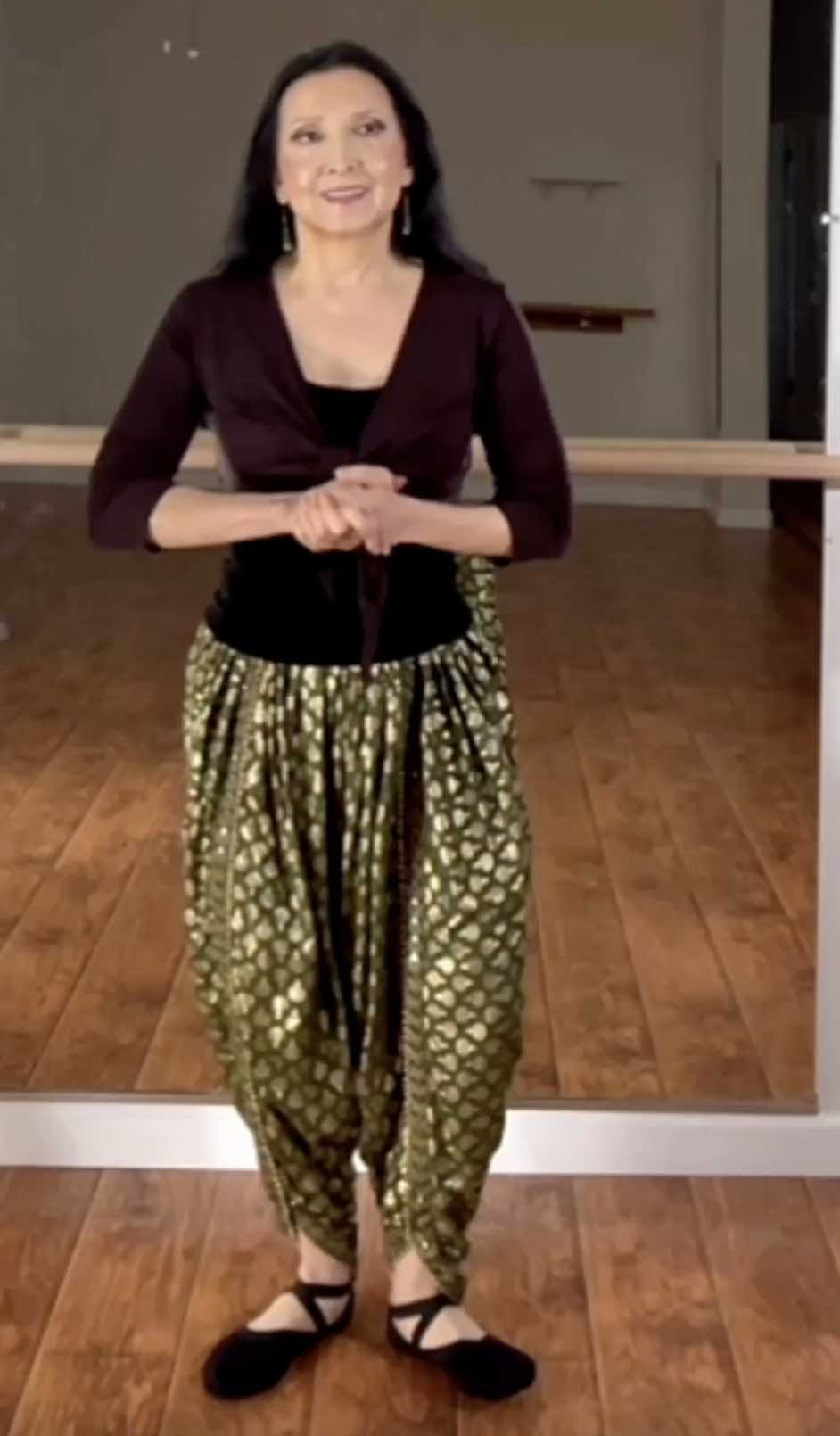
In the video on the right, this is literally my first atempt at this footwork!
I also added Stomping Chair Squats—several physiotherapists on YouTube recommend them as an excellent way to improve bone density.
Tatkar (Kathak Footwork)
✔ Rhythmic stamping stimulates bone growth.
✔ Boosts coordination & balance.
Stomping Chair Squats
✔ Activates bone-building cells.
✔ Strengthens muscles & joints.
I know we typically can't feel our bones growing, but I somehow can, experiencing very unusual sensations. Of course, the duration of stamping needed to see results will vary for each person. Only you can determine what works for you.
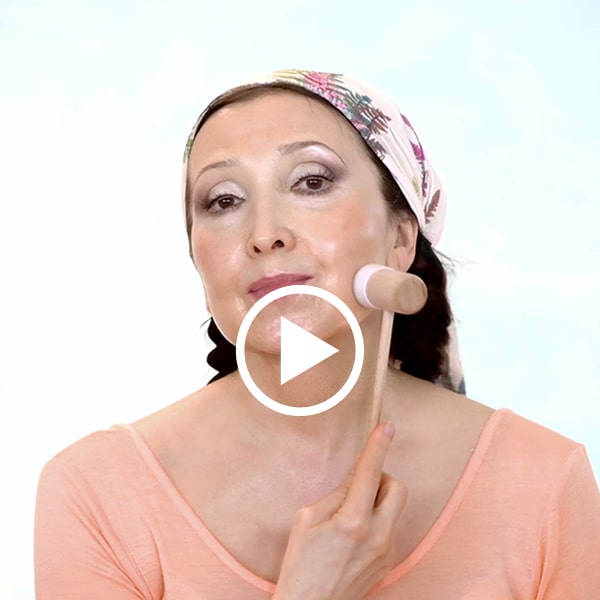
3. Prevent Facial Bone Loss
The same principle is at work here—when you strike the bone through impact movements, you stimulate bone growth. Each controlled strike sends signals to your bones, encouraging them to rebuild, strengthen, and increase in density over time.
I can’t believe it! I’ve been using my Gavel for over three years now—and I'm pleased with the results!
How to Make Homemade Nut Butter
When you want to go high raw or just upgrade your diet, the first thing that probably comes to mind is: I need to eat more salads. But what if you don’t like salads or find them unsatisfying?

My advice would be: Just add some nut butter. Watch my new video on the right: How to Make Homemade Nut Butter.
It can transform any salad into a delicious, satisfying meal—turning it into your absolute favorite meal of the day. It certainly has for me!
When I posted it on Instagram, someone commented: You need to soak and dehydrate the nuts first to remove their protective covering. And they’re right—soaking and dehydrating nuts helps eliminate enzyme inhibitors, making them more digestible. Here's my article for more information: Why You Need to Soak Your Nuts.
The ideal process for making nut butter is: Soak your nuts, dehydrate them, then process them in a food processor for 20–30 minutes.
But I have to confess—this is too much work for me! I've been raw for over 25 years, and I've lasted this long by keeping it as simple and enjoyable as possible. I always soak my nuts when eating them whole or using them in recipes, but not for nut butter. Why? Because grinding the nuts already makes them more digestible. Even people who struggle with salads will find that nut butter is easily digestible and gentle on the stomach.
That said, let’s get started on making nut butter! You can use all the mentioned nuts or choose any two for a simpler version. I make this nut butter twice a month and add two tablespoons to my daily veggie salad. Try it and see how you like it!
